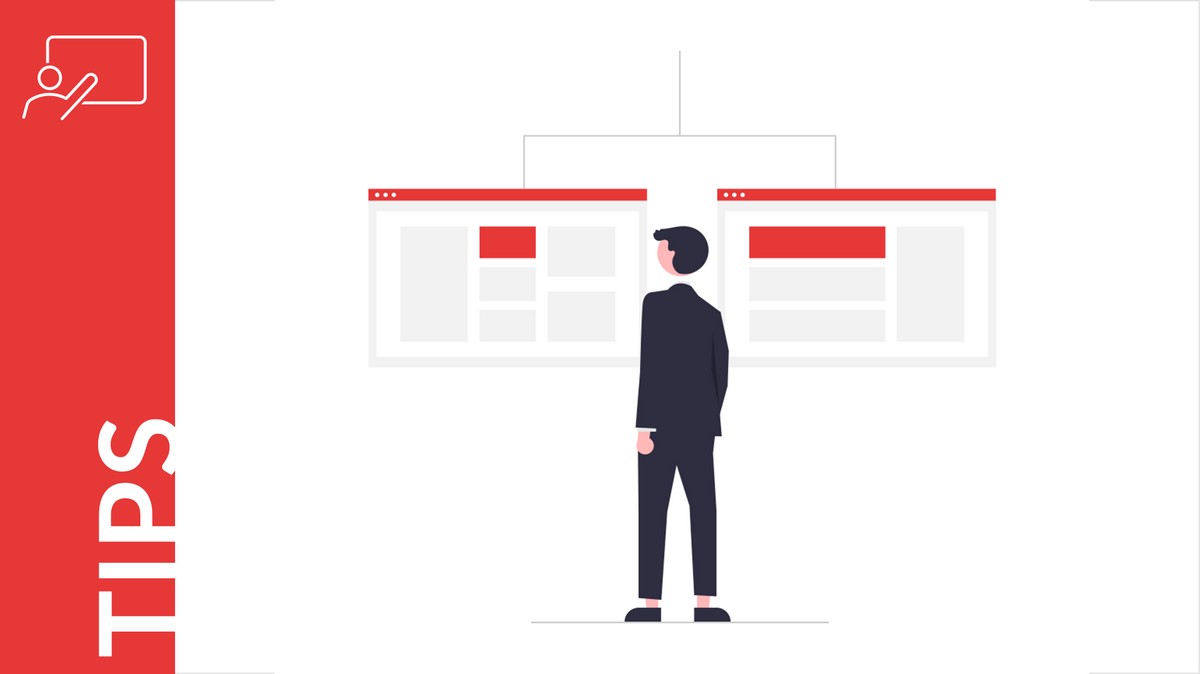This article provides a comparative analysis of different types of business models, including traditional, online, and hybrid models. It examines the advantages and disadvantages of each model and offers free presentation templates to assist in visually representing these business models.
With this text, we continue the series of four articles:
- Introduction to Business Models;
- Comparative Analysis of Business Models
◄ You are here; - Business Model Canvas Template;
- Business Model Examples and Case Studies
dedicated to business models, accompanied by examples of presentation templates from the PoweredTemplate library. The use of these templates can be beneficial in practice when developing a presentation for various business models.
Table of Contents
- Comparison of Different Types of Business Models
- Advantages and Disadvantages of Each Business Model Type
- Presentation Templates of Business Models
- Conclusion
Comparison of Different Types of Business Models
In this section, we will delve into the comparison of different types of business models, focusing on the analysis of each model’s characteristics, strategies, and their overall effectiveness in achieving business goals. This analysis provides valuable insights into the various approaches businesses can adopt to thrive in today’s competitive landscape.
Traditional Business Models
Traditional business models have been the foundation of commerce for centuries, and their analysis is crucial in understanding their effectiveness and relevance in today’s business landscape. These models typically involve physical storefronts, direct sales channels, and a focus on local markets. An in-depth analysis of traditional business models reveals their strengths and limitations in various industries.

When conducting an analysis of traditional business models, it is essential to consider their established practices and strategies. These models often rely on face-to-face interactions, personalized customer service, and established distribution networks. By focusing on the local market, traditional businesses can build strong relationships with customers, develop a reputation within the community, and leverage word-of-mouth marketing.
However, an analysis of traditional business models should also consider their challenges and potential drawbacks. These models may face limitations in scalability, as expansion often requires physical infrastructure and increased operational costs. Additionally, traditional businesses may encounter difficulties in adapting to rapidly evolving consumer preferences and technological advancements.
The analysis of traditional business models should explore innovative approaches within these models, such as incorporating digital tools for marketing and customer engagement. By leveraging online platforms, traditional businesses can extend their reach, target a wider audience, and enhance customer convenience.
By conducting a thorough analysis of traditional business models, entrepreneurs and business owners can gain insights into the viability and potential for growth within these models. This analysis can inform decision-making processes, highlighting opportunities for innovation and adaptation while retaining the strengths of traditional business practices.
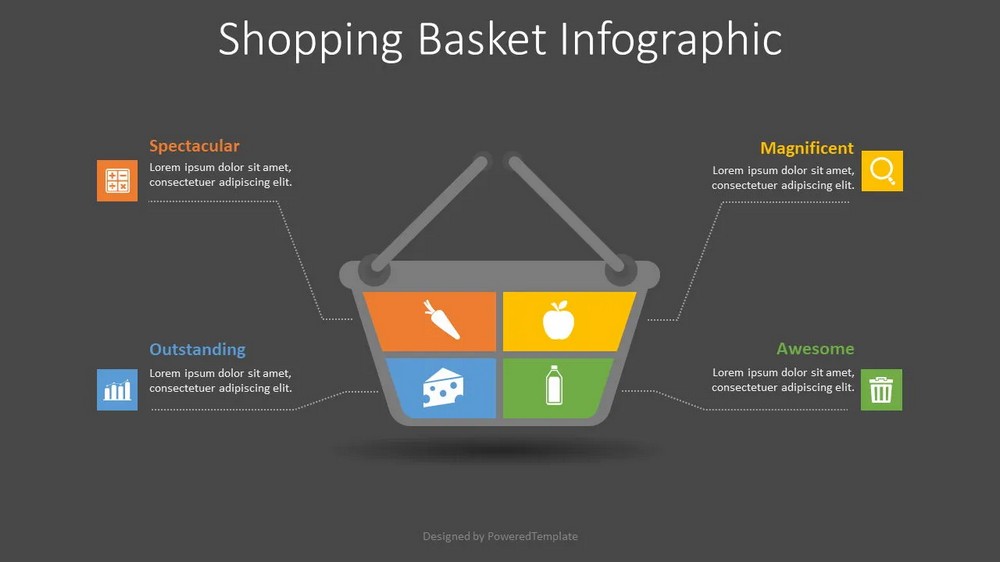
Remember, the analysis of business models provides a deeper understanding of the traditional approaches that have shaped the business world, enabling businesses to leverage their strengths and address their limitations in a dynamic marketplace.
Online Business Models
In today’s digital era, online business models have emerged as powerful drivers of innovation and growth. Analyzing online business models is essential to understanding their unique characteristics and their impact on various industries. These models leverage the internet and digital technologies to connect with customers, conduct transactions, and deliver products or services online.

An in-depth analysis of online business models reveals their advantages and considerations. One of the key advantages is the ability to reach a global audience. With the internet as a medium, online businesses can transcend geographical boundaries and tap into a vast market of potential customers. This broad reach opens up opportunities for scalability and growth that traditional models may find challenging to achieve.
Another advantage of online business models is their cost-efficiency. Compared to traditional brick-and-mortar establishments, online businesses often have lower overhead costs, as they do not require physical storefronts or extensive inventory storage. Additionally, digital marketing techniques, such as social media advertising and search engine optimization, offer cost-effective ways to target and engage with customers.
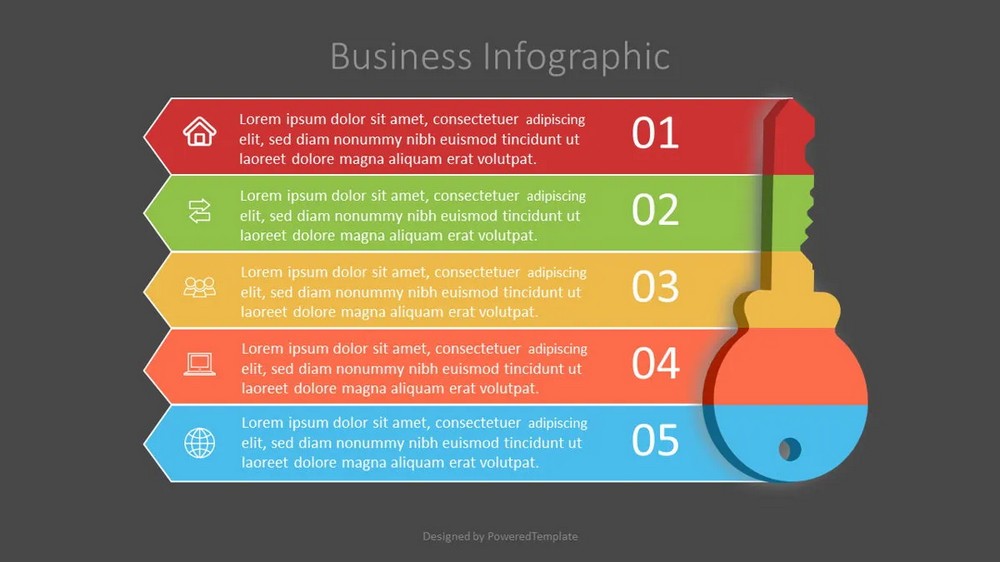
However, an analysis of online business models should also consider potential challenges. Online businesses operate in a highly competitive environment, requiring continuous innovation and adaptation to stand out. Building trust and credibility with customers can be more challenging in the digital realm, where face-to-face interactions are limited. Furthermore, online businesses must prioritize cybersecurity measures to protect sensitive customer data and maintain customer trust.
An analysis of online business models should also explore the importance of user experience and convenience. Online businesses must provide seamless navigation, secure payment gateways, and responsive customer support to enhance the overall customer experience.

By conducting a comprehensive analysis of online business models, entrepreneurs and businesses can gain insights into the opportunities and challenges presented by the digital landscape. This analysis informs decision-making processes, helping businesses leverage digital channels effectively, create innovative strategies, and stay competitive in the evolving online marketplace.
Remember, the analysis of business models in the online realm is crucial for harnessing the vast potential of digital technologies and establishing a strong online presence.
Hybrid Business Models
Hybrid business models combine elements from both traditional and online approaches, offering a flexible and adaptive strategy for success. Analyzing hybrid business models provides valuable insights into their unique characteristics and their ability to leverage the strengths of both physical and digital channels.
When conducting an analysis of hybrid business models, it is important to consider how these models integrate offline and online components. Hybrid models often involve a combination of brick-and-mortar stores and online platforms or services. This integration allows businesses to cater to customers who prefer physical interactions while also tapping into the convenience and global reach of digital channels.

An in-depth analysis of hybrid business models reveals their potential advantages. By maintaining a physical presence, businesses can establish face-to-face connections with customers, provide personalized experiences, and showcase their products or services. This tangible interaction can instill trust and create a sense of community around the brand.
Additionally, hybrid models leverage the benefits of online platforms. They can expand their customer base by offering online shopping options, providing convenience for customers who prefer to make purchases from the comfort of their homes. Hybrid businesses can also utilize digital marketing strategies to reach a wider audience, gather data for targeted marketing campaigns, and optimize their overall business operations.
However, the analysis of hybrid business models should also consider the challenges they face. Integrating physical and digital channels requires careful coordination and investment in technology infrastructure. Ensuring a seamless customer experience across multiple touchpoints becomes crucial. Additionally, businesses operating hybrid models must stay updated with evolving consumer preferences and technological advancements to remain competitive.

An analysis of hybrid business models should explore innovative approaches within these models, such as integrating online and offline data to gain deeper customer insights, implementing omnichannel strategies, and providing a consistent brand experience across all platforms.
By conducting a comprehensive analysis of hybrid business models, entrepreneurs and business owners can gain insights into the advantages and challenges associated with these models. This analysis guides decision-making processes, helping businesses find the right balance between physical and digital components, ultimately driving growth and customer satisfaction.
Remember, the analysis of business models in the hybrid realm offers a unique opportunity to leverage the best of both traditional and online approaches, fostering innovation and adaptability in a dynamic business landscape.
By conducting a comprehensive analysis of traditional, online, and hybrid business models, entrepreneurs and business owners can make informed decisions regarding the most suitable model for their specific goals and target market. The key lies in understanding the strengths, weaknesses, and market dynamics associated with each model. Such an analysis will aid in designing effective business strategies and adapting to the ever-changing landscape of the business world.
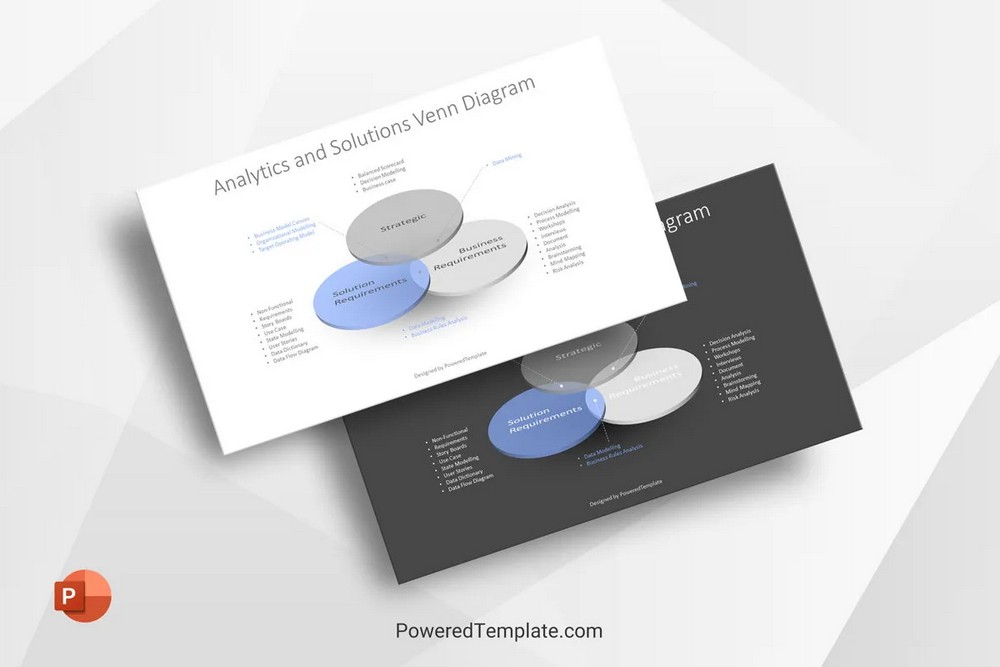
Remember, the analysis of business models provides valuable insights that pave the way for successful entrepreneurship and sustainable growth.
Advantages and Disadvantages of Each Business Model Type
In this section, we will explore the advantages and disadvantages of each business model type: traditional, online, and hybrid. Understanding the strengths and weaknesses of these models is crucial for making informed decisions and determining which model aligns best with specific business goals and target markets.
Traditional Business Models
- Advantages:
- Established presence in local communities, building strong customer relationships and loyalty.
- Direct interactions with customers, providing personalized service and immediate feedback.
- Established distribution networks and supply chains for efficient operations.
- Familiarity and trust associated with physical storefronts, appealing to certain customer segments.
- Deep understanding of local market dynamics and cultural nuances.
- Disadvantages:
- Limited geographical reach, making expansion and scaling challenging.
- Higher operational costs associated with maintaining physical storefronts and inventory.
- Vulnerability to market disruptions, economic downturns, or changes in consumer preferences.
- Limited utilization of digital marketing channels and potential missed opportunities.
- Dependence on foot traffic and local market conditions.
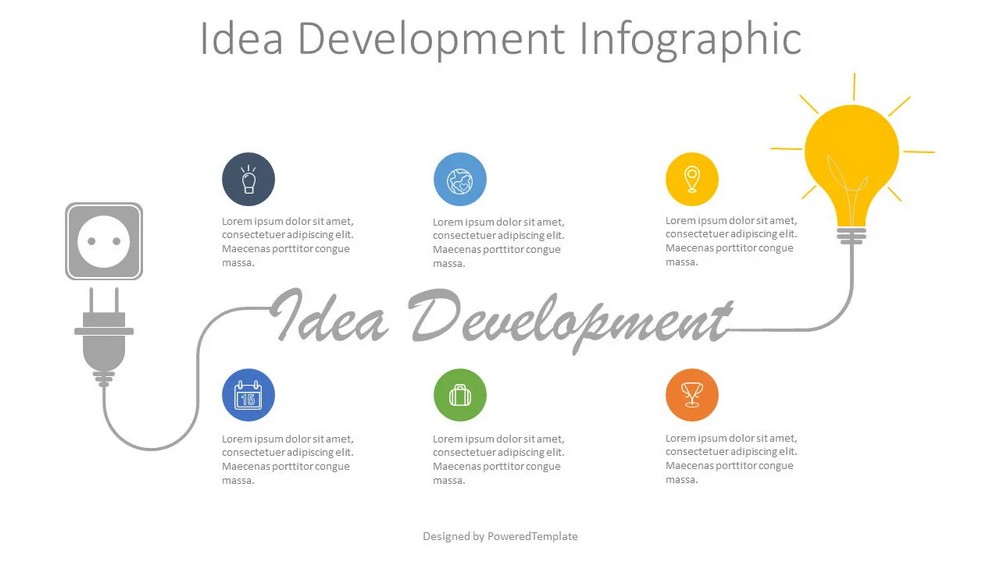
Online Business Models
- Advantages:
- Global reach, enabling businesses to tap into a vast customer base beyond geographical boundaries.
- Lower overhead costs compared to traditional models, as there is no need for physical storefronts.
- Ability to leverage digital marketing strategies for targeted and cost-effective campaigns.
- Data-driven insights for customer behavior and preferences, allowing for personalized experiences.
- Scalability and potential for rapid growth through online platforms.
- Disadvantages:
- Intense competition in the online marketplace, requiring continuous innovation and differentiation.
- Building trust and credibility in the absence of face-to-face interactions.
- Cybersecurity risks and the need for robust data protection measures.
- Reliance on digital infrastructure and internet connectivity, which can be susceptible to disruptions.
- Limited ability to provide immediate and tactile experiences with products or services.

Hybrid Business Models
- Advantages:
- Ability to cater to diverse customer preferences by offering both physical and digital experiences.
- Combining the convenience of online shopping with the trust and engagement of physical interactions.
- Multiple revenue streams from both offline and online channels.
- Flexibility in adapting to changing market dynamics and consumer behaviors.
- Synergy between physical and digital components, enhancing overall customer experience.
- Disadvantages:
- Complexity in managing and integrating offline and online operations effectively.
- Higher initial investment to establish both physical and digital infrastructure.
- Balancing the demands of both physical and online customer experiences.
- Navigating potential conflicts or challenges arising from the coexistence of different channels.
- Continuous monitoring of market trends and technological advancements to stay competitive.

By evaluating the advantages and disadvantages of each business model type, entrepreneurs and business owners can make informed decisions about which model aligns best with their goals, resources, and target markets. It is essential to consider the unique characteristics of each model and adapt strategies accordingly to thrive in today’s dynamic business environment.
Presentation Templates of Business Models
To assist readers in visually representing the various business models discussed in the article, the PoweredTemplate library provide free and premium presentation templates. These templates can be used to create engaging and informative presentations, making it easier to communicate complex concepts and showcase the unique aspects of each business model.

The templates will include customizable slides with relevant graphics, charts, and diagrams to enhance the overall visual appeal.
Conclusion
In conclusion, this article offers a comprehensive comparative analysis of traditional, online, and hybrid business models. By exploring their characteristics, advantages, and disadvantages, readers can gain a deeper understanding of these models and their applicability to different industries. Additionally, the provided presentation templates will serve as valuable tools for effectively communicating these concepts to various stakeholders.
Whether you are an entrepreneur, business owner, or simply interested in the dynamics of different business models, this article will provide valuable insights and resources to assist you in your endeavors.
